Studying overseas creates a whole new world of opportunities. Among the most exciting things is experiencing other cultures; Japanese food is one of the best ways to accomplish this. Japan’s culinary culture is as rich and varied as the country itself, from sushi to ramen. The cultural significance of Japanese food, what to expect while eating it for the first time, and recommendations on how to maximize your culinary vacation to Japan will all be covered in this article.
1. Why Japanese Food is Popular Among International Students
Japanese food is not difficult to see why; it has gained popularity all around. Many enjoy it for its subtle flavors, healthy ingredients, and variety. Sushi, for example, could be the most well-known Japanese cuisine worldwide. Though ramen, tempura, and yakitori are just a few of the many other options you can discover equally fascinating. For overseas students, tasting these meals is about experiencing Japanese culture directly rather than just eating.
2. Trying Japanese Food While Studying Abroad
Eating Japanese food while studying overseas is a great way to immerse yourself in a different culture. For many overseas students, it’s not only about eating but also about experiencing Japan’s rich history and culture via its gastronomic gifts. From sushi and ramen to tempura and udon, the range of cuisine available is enormous, allowing you a genuine sense of the nation. With so many tests and homework to juggle, studying abroad can occasionally be too much. Academic assistance is there if writing assignments are difficult for you. When deadlines approach and the pressure of balancing studies and food exploration builds, consider using essay service from top-rated writers at EduBirdie to assist with your writing. EduBirdie is known for providing high-quality academic help and connects students with experienced writers to make sure your assignments are delivered on time and meet your standards. This allows you to free up time to discover the local food scene, ensuring you don’t miss out on authentic dishes. By combining your academic responsibilities with culinary adventures, you create a well-rounded experience abroad.
Interacting with the local cuisine also allows you to connect with new acquaintances and experience Japanese culture in a pleasurable and unforgettable manner. Remember that as you keep acclating to your studies and life abroad, striking a balance between homework and appreciating Japanese food can help to enhance your time overseas.

3. Common Japanese Dishes Every International Student Should Try
If you’re in Japan, there’s a lot more to discover than sushi. Some of the most popular dishes you should try include:
- Ramen: A savory noodle soup that comes with various toppings like pork, eggs, and seaweed. Each region in Japan has its own unique style.
- Tempura: Lightly battered and fried seafood or vegetables. It’s often served with dipping sauce and rice.
- Yakitori: Grilled skewers of chicken, often seasoned with tare sauce. It’s a tasty, easy-to-eat snack.
- Okonomiyaki: A savory pancake filled with ingredients like cabbage, pork, or seafood. It’s a fun dish to share with friends.
- Onigiri: Rice balls wrapped in seaweed and filled with different ingredients like pickled plum, tuna, or salmon. It’s a quick snack or light meal.
Why Is It Important to Try These Dishes?
Every meal tells a story about Japan’s history and traditions. For instance, ramen originated in China but became a staple in Japan. Knowing the background of these dishes helps you to connect to the culture more more.

4. Food Etiquette in Japan: Do’s and Don’ts
Although enjoying Japanese cuisine is thrilling, one should be mindful of the traditions around eating in Japan. There are a few things you should know to prevent embarrassing yourself:
- Don’t stick chopsticks upright in rice: This resembles a funeral ritual and is considered bad luck.
- Always say “itadakimasu” before eating: This means “I humbly receive,” and is a sign of respect.
- Don’t point or wave your chopsticks: This is seen as rude.
- Avoid tipping: In Japan, tipping is not a common practice, and it can even be considered insulting.
- Slurping is okay: It’s considered polite to slurp your noodles, as it shows you’re enjoying the meal.
Knowing these rules will help you show respect for Japanese customs while you enjoy the food.

5. Where to Find Authentic Japanese Food as an International Student
If you’re studying abroad in Japan or at a university with a large Japanese community, there are plenty of places to find authentic Japanese food. Here’s where you can look:
- University cafeterias: Many universities in Japan offer affordable meals that give you a taste of traditional dishes.
- Local restaurants: Don’t just go to the big chains. Small, family-owned restaurants often provide the most authentic experiences.
- Food markets: Japanese food markets are a goldmine for street food like takoyaki, taiyaki, and more.
- Grocery stores: If you want to cook at home, local grocery stores have a wide range of ingredients for Japanese dishes.
Visiting these places will enable you to discover new favorites and grasp the culture more.
Final Thoughts
Sampling Japanese cuisine as an overseas student invites amazing cultural interactions. Whether you study in Japan or live in a place with a big Japanese population, you will have many opportunities to sample traditional dishes. Knowing the cuisine, knowing Japanese etiquette, and being daring with your meals would help you not only to appreciate great food but also to acquire a deeper knowledge of Japan’s culture. Have fun on your gastronomic adventure!

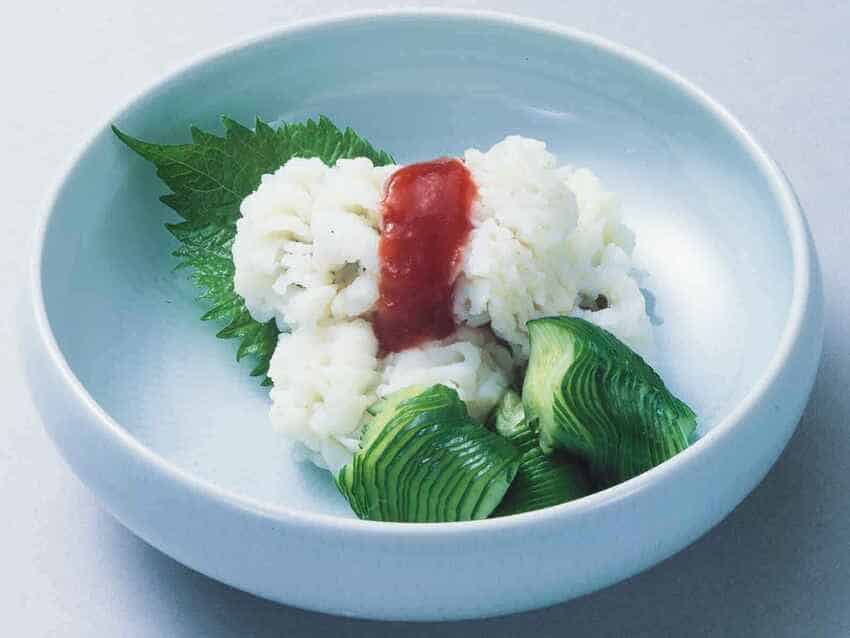
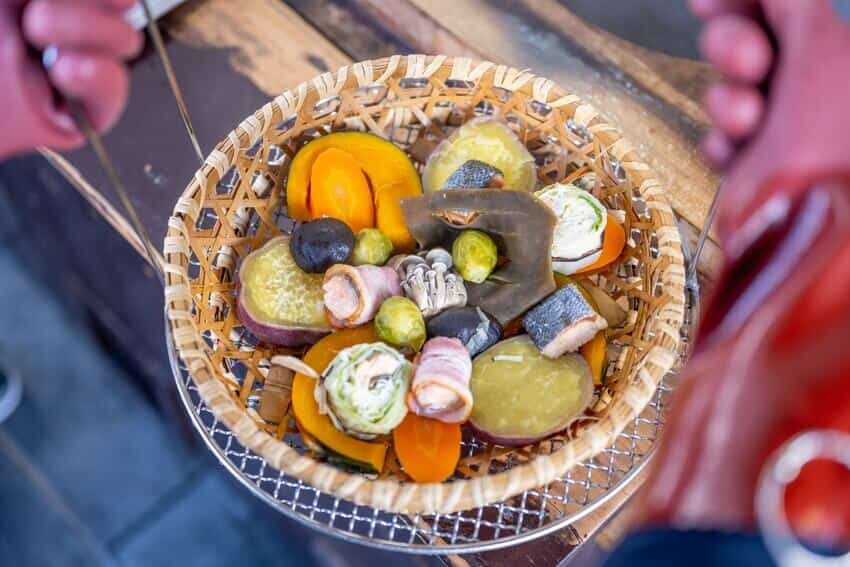
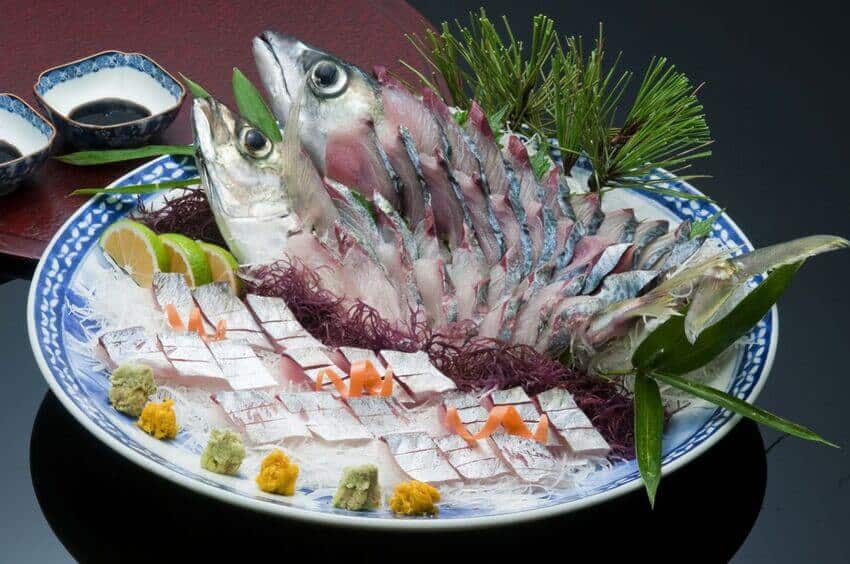
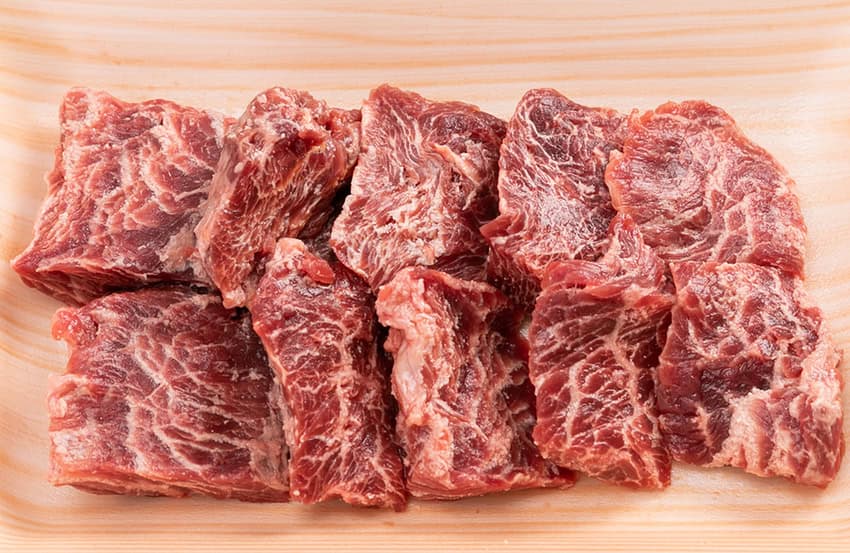
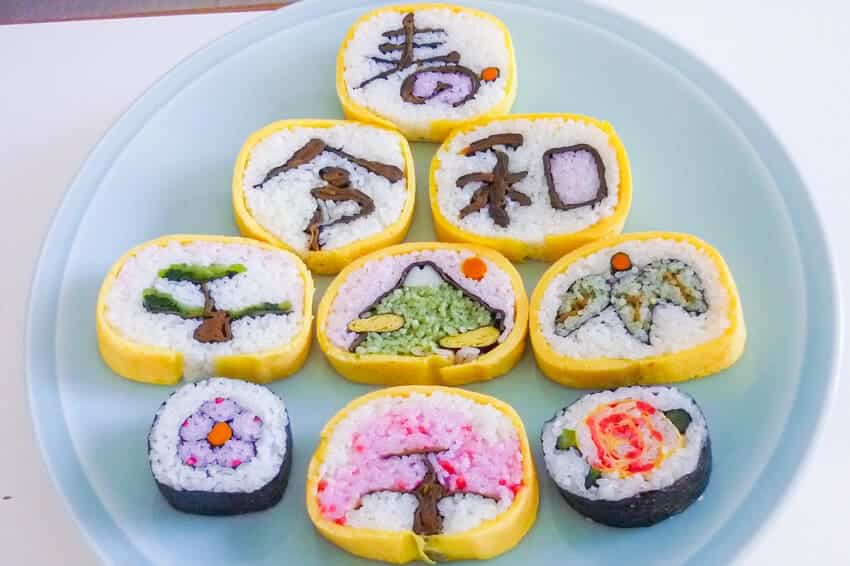



Comments
List of comments (2)
This article provides a great introduction to Japanese cuisine for international students, but I’m surprised it doesn’t mention how regional variations play a huge role in the experience. For example, ramen in Hokkaido is completely different from ramen in Kyushu. Also, while sushi and ramen are obvious choices, why no mention of lesser-known gems like tsukemen or shabu-shabu? Exploring beyond the mainstream dishes can make the experience even more memorable. What’s the most surprising Japanese dish you’ve ever tried?
Really useful post! Essay writing for students can be overwhelming, especially when you’re trying to meet academic standards and tight deadlines. I’ve found that getting a bit of guidance early on makes a big difference. Platforms like My Assignment Services offer solid support and make essay writing a lot less stressful. Definitely worth checking out if you’re stuck!